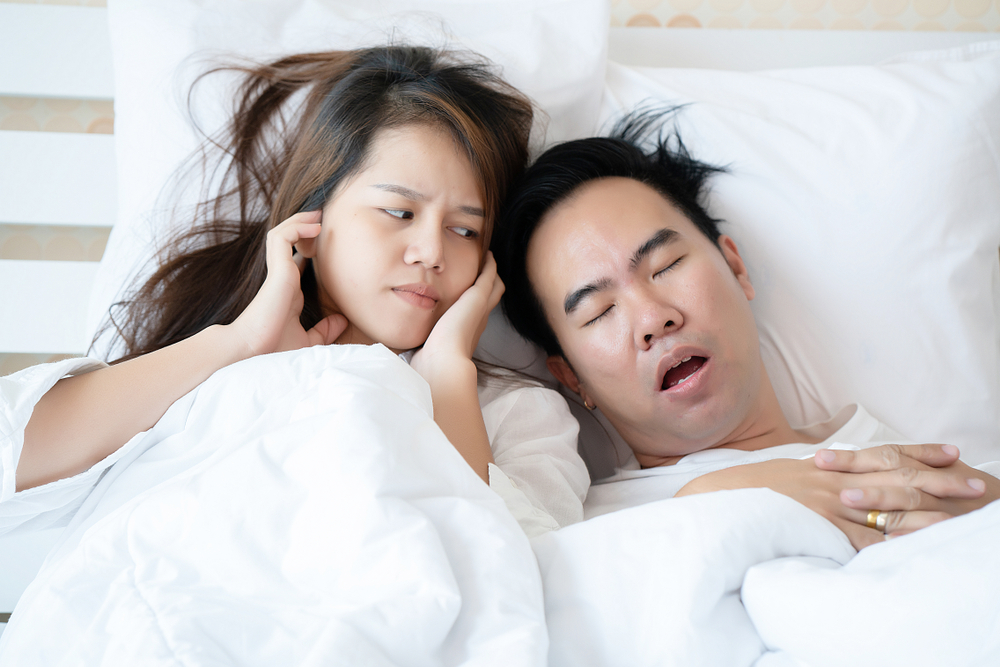Introduction
If you have sleep apnea, you know how hard it can be to get a good night’s rest. Not only does this condition make it difficult to fall asleep, but it also causes frequent waking throughout the night. The result is a lack of energy and impaired mental function during the day—which can lead to serious health problems over time. Fortunately, many treatment options for sleep apnea can help you get back on track with your life without breaking the bank!
Lifestyle changes
- Stop smoking.
- Lose weight.
- Get a good night’s sleep.
- Drink less alcohol and avoid sedating medications before bedtime (ex: sleeping pills)
- Don’t sleep on your back or stomach; if you must, turn to one side and put something under your head to keep from rolling over onto it during the night. If you still find this uncomfortable, try putting pillows between your legs and tucking another under each arm for additional neck support and comfort while resting on your side. If all else fails and there’s no avoiding sleeping on your back (for example, if it’s the only way to fit comfortably in a small bed), prop yourself up with additional pillows so that only about 1/3rd of the mattress’ surface comes into contact with your body at any given time—this will help prevent excessive strain on both shoulders which can lead result in soreness once awake again! Some models even come equipped with inflatable air chambers that allow users to adjust firmness according to personal preference.
Also, remember: having fresh air circulating us while we sleep is important too—so keep windows open where possible (or use fans), especially during hot summer months when temperatures soar outside!
CPAP (Continuous Positive Airway Pressure) CPAP is the most common treatment for moderate to severe sleep apnea.
CPAP is the most common treatment for sleep apnea. CPAP is a machine that forces air into your nose to keep your airways open. It can be used for people with mild to moderate sleep apnea, central sleep apnea, or Cheyne-Stokes breathing.
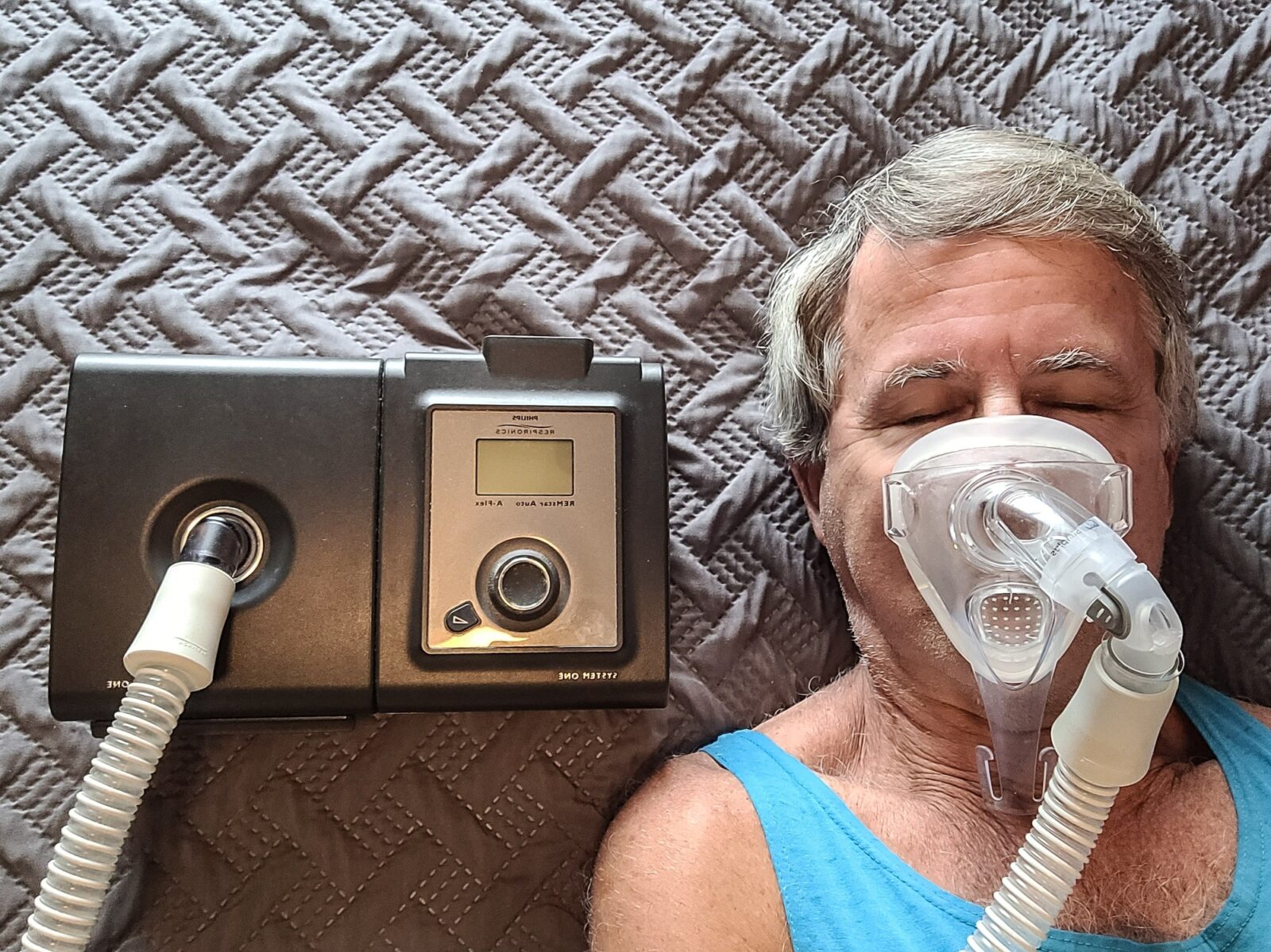
To use a CPAP machine:
- You must have an adjustable mask that covers your nose and mouth, holding the air in place while you sleep.
- The mask fits tightly against your skin, so it doesn’t move around while you toss and turn in bed throughout the night. If this happens several times during the night, it could disrupt your breathing flow and cause more problems than just snoring noises coming from next door!
BiPAP (Bilevel Positive Airway Pressure) Most people with central sleep apnea or Cheyne-Stokes breathing use this.
Bilevel-positive airway pressure (BiPAP) is a treatment for central sleep apnea, which causes you to stop breathing for short periods during the night. You breathe through the nose or mouth, depending on whether you inhale or exhale.
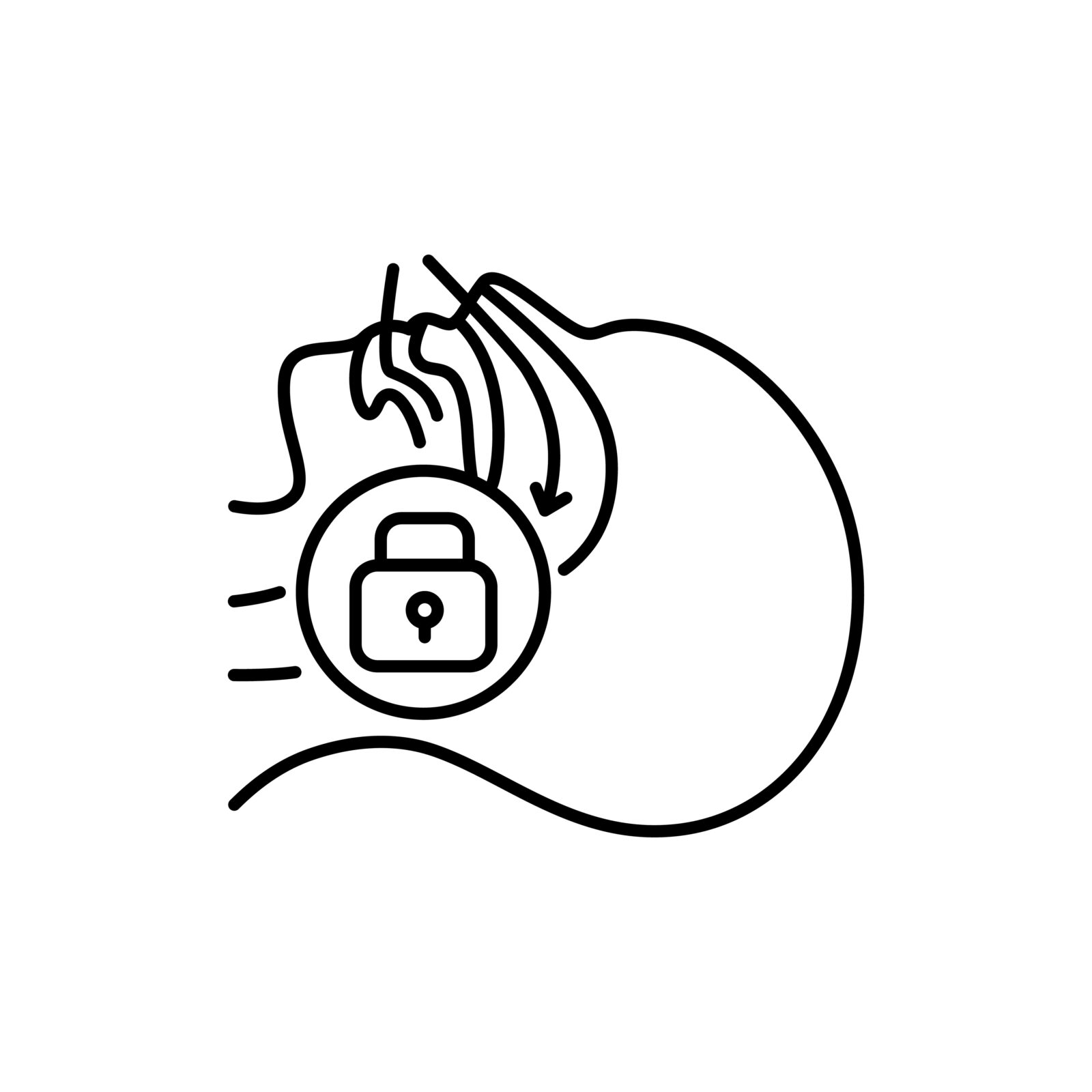
Bilevel-positive airway pressure is an alternative to CPAP that helps keep your upper airway open while you sleep. It was designed as an alternative to continuous positive airway pressure (CPAP), which can be uncomfortable and difficult for some people diagnosed with obstructive sleep apnea (OSA).
Oral appliance therapy This can work well and has no known side effects.
This can work well and has no known side effects. The oral appliance is a plastic mouthpiece that fits over your teeth to move the lower jaw forward and open the airway. It is easy to fit and remove, so you can use it whenever needed for sleep apnea treatment. This option does not require surgery or anesthesia, but there are some disadvantages:
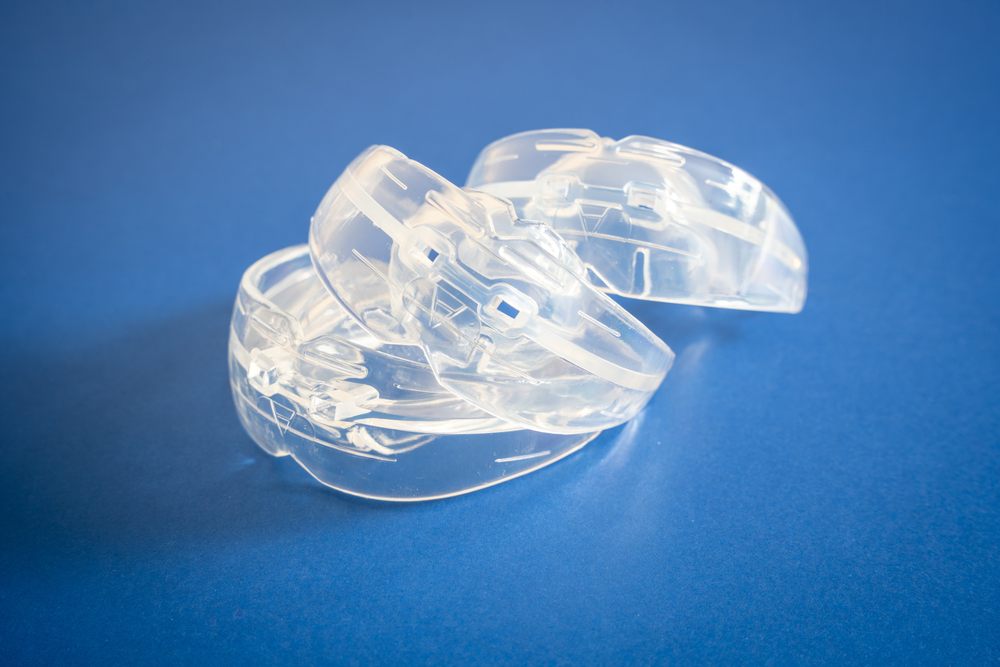
- You may have to wear it for many hours every night; some people don’t like how it affects their appearance in public
- Having an appliance in your mouth makes eating difficult, which could be a concern if you’re on a strict diet or want to eat certain foods like raw vegetables or soft bread (this could also make brushing harder)
- The device must be cleaned often; if you forget this step, the appliance will become useless after several months.
Surgery There are several types of surgery, but these only work if enlarged tonsils or a deviated septum causes the apnea.
In some cases, surgery is an option. Surgery involves removing the large tonsils of those who suffer from sleep apnea due to enlarged tonsils. This can help reduce obstructions in the airway and allow you to breathe more easily while sleeping.
Surgery isn’t just for people with enlarged tonsils or deviated septums. However, it can also be used on those with a small tongue, jaw, or even a tiny nose! If you have any of these issues and feel like your snoring is causing problems for your partner at night, talk to your doctor about possible surgical options.
Inspire Upper Airway Stimulation This system delivers mild stimulation to key airway muscles that keep your airway open during sleep.
- The Inspire Upper Airway Stimulation System is a new treatment option for sleep apnea.
- This system delivers mild stimulation to key airway muscles that keep your airway open during sleep.
- It involves a small implant placed in the throat and connected to a small device worn on the body. The device delivers mild electrical stimulation to the throat muscles through tiny wires or leads attached directly to your esophagus, tongue, or jaw. The device is powered by a battery, which can be recharged every two weeks using magnets connected to it as you go about your daily life, similar to how an artificial hip joint works today.
Nightlase. Learn more about this revolutionary treatment for sleep apnea.
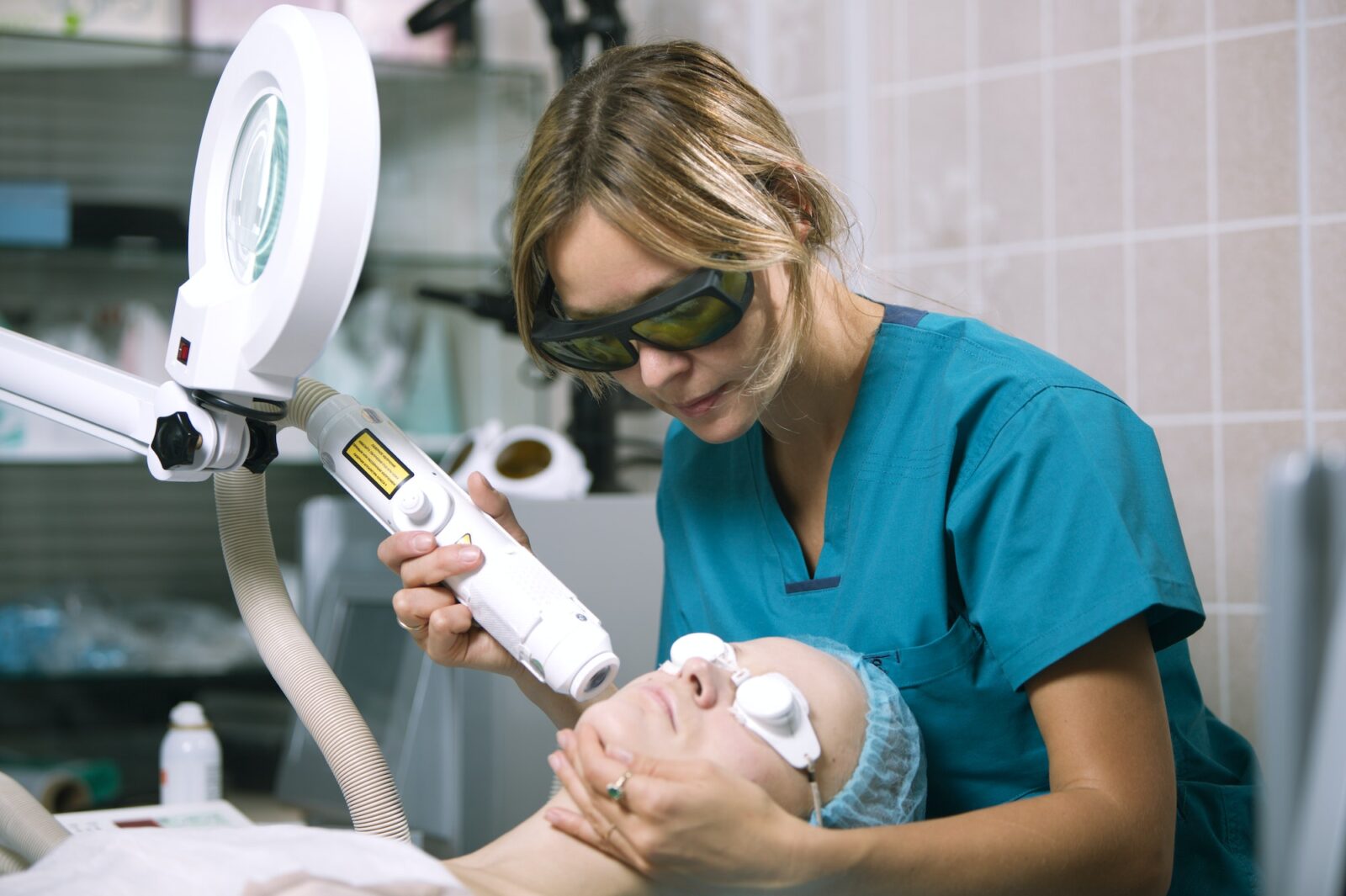
Once you’ve been diagnosed with sleep apnea, there are lots of treatment options to consider.
Many treatment options can help patients with sleep apnea. Lifestyle changes like losing weight and quitting smoking can reduce moderate sleep apnea symptoms. If you have severe or persistent symptoms despite these interventions, your doctor may recommend a continuous positive airway pressure (CPAP) machine (the most common treatment for obstructive sleep apnea).
CPAP machines force air into your lungs through the nose while you sleep to keep the airway open and prevent snoring or pauses in breathing. Other types of treatment include bi-level positive airway pressure machines, oral appliance therapy; surgery; inspired upper airway stimulation (UAS); and noninvasive ventilation devices (NIVs).
Conclusion
If you have sleep apnea, finding out what treatment options work best for you is essential. The most common treatment is CPAP, but other options might be more effective or convenient for your lifestyle. If you decide to try a non-invasive therapy like a mouthpiece or device, make sure you discuss this with your doctor first.

